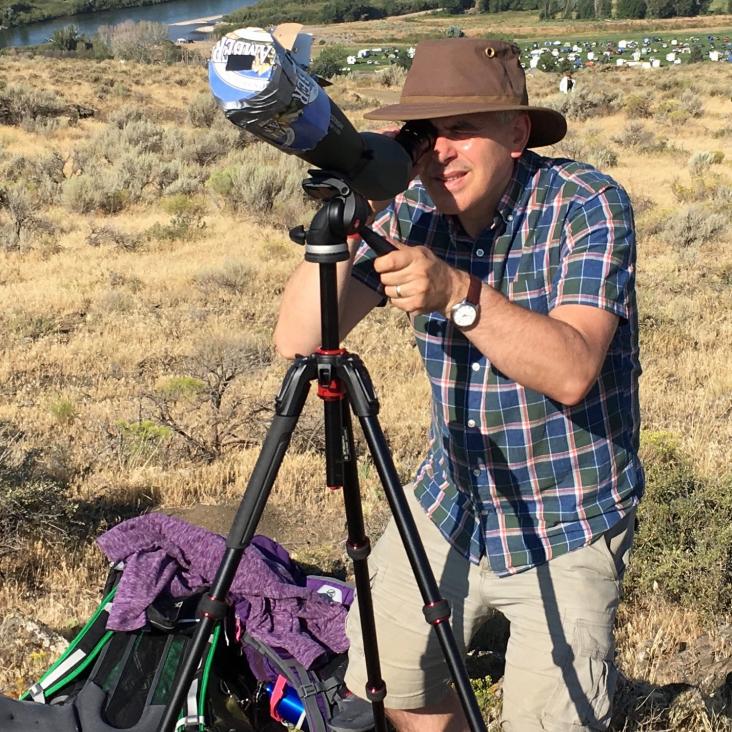A TES finline detector for bolometric interferometry
Proceedings of SPIE--the International Society for Optical Engineering SPIE, the international society for optics and photonics 5498 (2004) 362-370
Cosmological parameter estimation using Very Small Array data out to l= 1500
\mnras 353 (2004) 747-759
High-sensitivity measurements of the cosmic microwave background power spectrum with the extended Very Small Array
\mnras 353 (2004) 732-746
Estimating the bispectrum of the Very Small Array data
Monthly Notices of the Royal Astronomical Society 352:3 (2004) 887-902
Abstract:
We estimate the bispectrum of the Very Small Array data from the compact and extended configuration observations released in 2002 December, and compare our results with those obtained from Gaussian simulations. There is a slight excess of large bispectrum values for two individual fields, but this does not appear when the fields are combined. Given our expected level of residual point sources, we do not expect these to be the source of the discrepancy. Using the compact configuration data, we put an upper limit of 5400 on the value of F NL, the non-linear coupling parameter, at 95 per cent confidence. We test our bispectrum estimator using non-Gaussian simulations with a known bispectrum, and recover the input values.CLOVER - A new instrument for measuring the B-mode polarization of the CMB
XXXIX Rencontres de Moriond, Exploring the Universe, La Thuile (2004)


